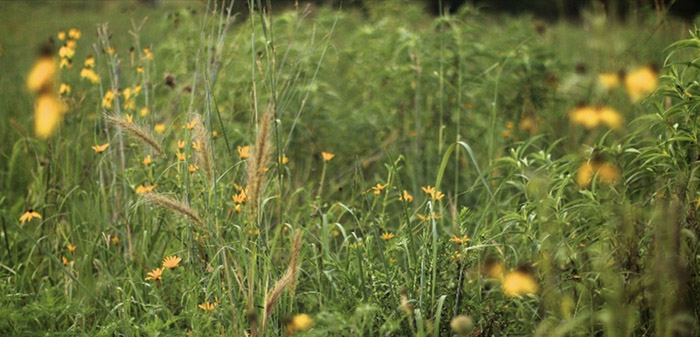
How Grazing will Save our Grassland Wildlife by 2050
It is old news that many species of grassland birds and pollinators have declining populations. The quail population is only a fraction of what it was when the Baby Boomers were born. Pollinators are declining, and a bumble bee was even recently added to the endangered species list. Is it necessary to mention the Monarch butterflies and their fluttering population?



Habitat loss is pointed out as the culprit in wildlife populations declining. While there are efforts to convert this acre or that forty acres to habitat beneficial to pollinators or grassland birds, these efforts affect a relatively small percentage of the total acreage. Many species of wildlife need large land tracts to meet their needs. This brings us to the solution: pastureland. A relatively large chunk of Missouri, maybe a quarter, is currently grazing land (and 20 years ago it was even greater before many pastures were converted to crop ground). Nearly all of this is primarily introduced grasses, which from the perspective of many wildlife species is akin to a barren wasteland. What if this pasture could become habitat for grassland wildlife? It was when the bison and elk roamed freely; quail, prairie chickens, pollinators, and more once coexisted with large herbivores. The difference was the makeup of the forage base. Historically, it was hundreds of species of native warm and cool season grasses and native forbs, legumes, and shrubs that provided the habitat. Today they have been replaced by introduced grass and legume species such as fescue and red clover. What if we could go back to Diverse Native Grasslands on a significant number of pasture acres? No longer would the habitat be postage stamp sized islands in the vast ocean of fescue and cropland!
There are two important questions to answer though: first, “Will the cows destroy the wildlife habitat?” and second “Do cows like to eat those native plants?” As for wildlife habitat, if “good grazing” is practiced and the animals are rotated, we find that there is plenty of structure, blooms, and seeds in the field to provide wildlife habitat. Actually, bloom periods are extended in many forbs by grazing. The best known quail habitat in southwest Missouri is a grazed and burned diverse native grassland. As for palatability to livestock, native plants are high quality forage (and don’t have toxic endophyte problems), and at Hamilton Native Outpost, we are finding that we get far more grazing days off of our Diverse Native Grassland than our fescue pastures. So, it is a win-win for wildlife and ranchers.

We know that it is a bold statement, but dream about it a little. What would it be like for our wildlife if by 2050 we had a significant amount of Diverse Native Grasslands in our state? We believe that if we really want to impact wildlife populations, it is critical to involve working lands. The people of the world need food, but the production of food does not have to be at the expense of wildlife.
1 The title for this article was inspired by a talk with the bold title of “How Grazing Will Save the World by 2050” given at the recent Missouri Forage & Grassland Council annual conference by Dean Houghton. He spoke on the benefits of grazing to the environment such as taking CO2 out of the air and storing it in the soil as organic matter. (It is important to note that to achieve environmental benefits the grazing must be done well. Grazing done poorly can have an adverse effect.) He pointed out that there are many acres of grazing land, and the impact of good grazing on the environment could be substantial.


